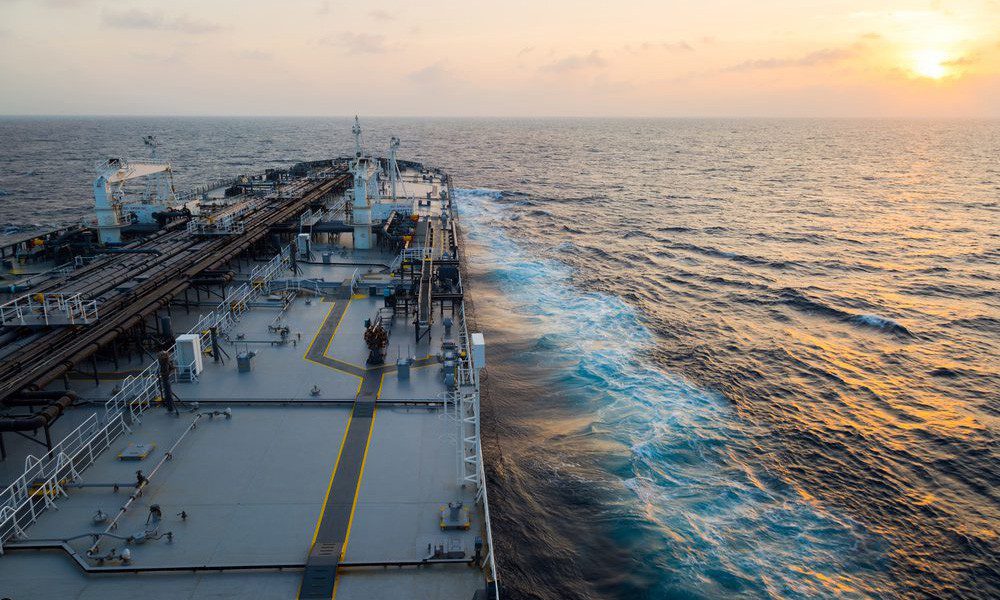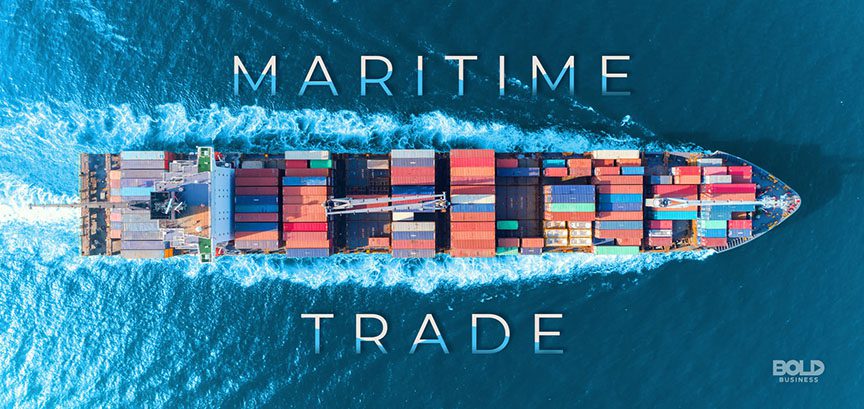Norwegian offshore safety regulator has carried out an audit of Neptune Energy’s management of major accident risk and barriers at a gas and oil asset in the Norwegian section of the North Sea. The watchdog is now awaiting the operator’s response regarding the way the identified nonconformity will be handled.
The Petroleum Safety Authority Norway (PSA) revealed on Friday that it had conducted this audit between 20 April and 17 November 2022 with the objective of monitoring Neptune’s management and follow-up of barriers at Gjøa. The regulator further explained that this included a follow-up of the activities the company had carried out and was to undertake in 2022 related to risk and barrier management.
While conducting the audit,the PSA identified one breach of the regulations and this nonconformity is related to overpressure protection. In addition, the regulator found five factors it categorised as improvement points,concerning better risk acceptance criteria; better barrier management at Gjøa; inadequate follow-up of performance requirements for check valves; better coordination of responsibilities and authorities; and notification of hazard and accident situations.
As the Norwegian regulator’s investigation has now been completed, the offshore safety watchdog has asked Neptune Energy to report how this nonconformity will be addressed by 30 January 2023 and provide its assessment of the improvement points observed.
Located in the northern part of the North Sea, theGjøa field was discovered in 1989 by Statoil (current Equinor). The operatorship was transferred to Neptune when production started in 2010. The semi-submersible Gjøa production unit, jointly developed with nearby Vega fields, has full processing and export capabilities and is electrified with renewable power from shore.
“A 100 km submarine cable delivers hydropower-generated electricity from Mongstad. Electricity from the mainland saves 200,000 tonnes in CO2 emissions annually, equivalent to 100,000 cars,” as outlined by Neptune.
This platform has been designed to act as an area hub. While the oil is exported to the Mongstad crude oil terminal on the west coast of Norway, the gas is exported through the FLAGS pipeline to the St. Fergus Gas Terminal in Scotland. The WintershallDea-operated Nova field, which is tied back to the Gjøa platform, started production in 3Q 2022.
As disclosed at the time, this tieback solution further extends the economic life and increases the profitability of the Gjøa field.





